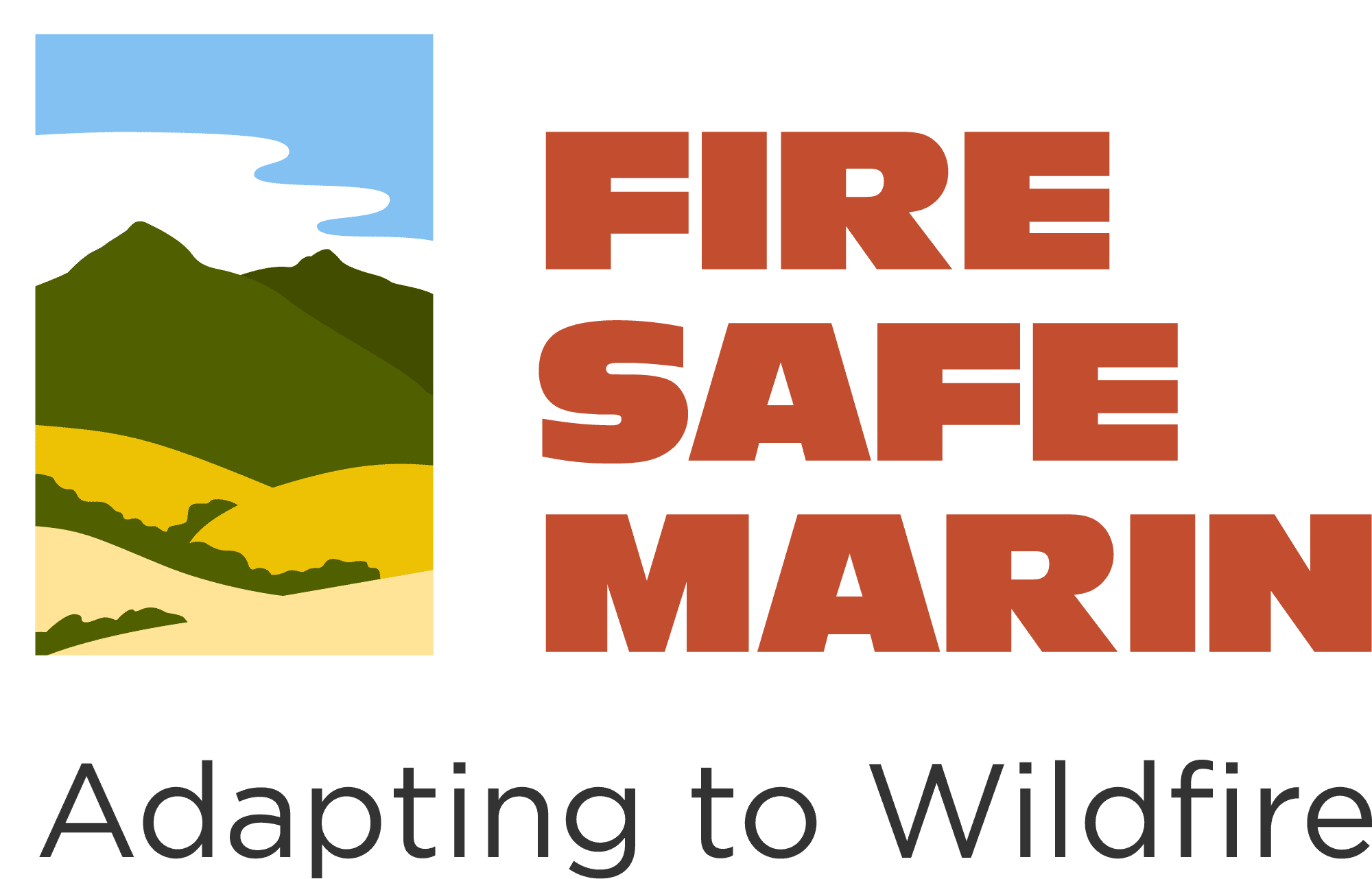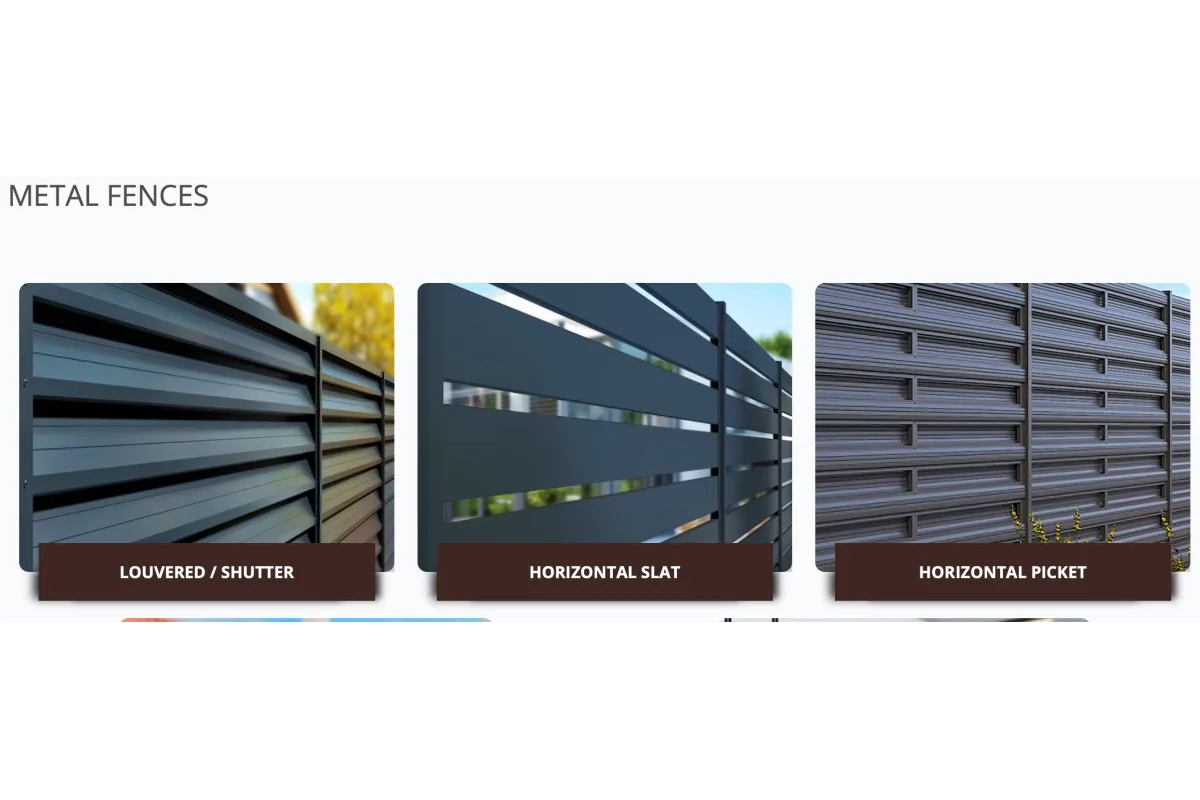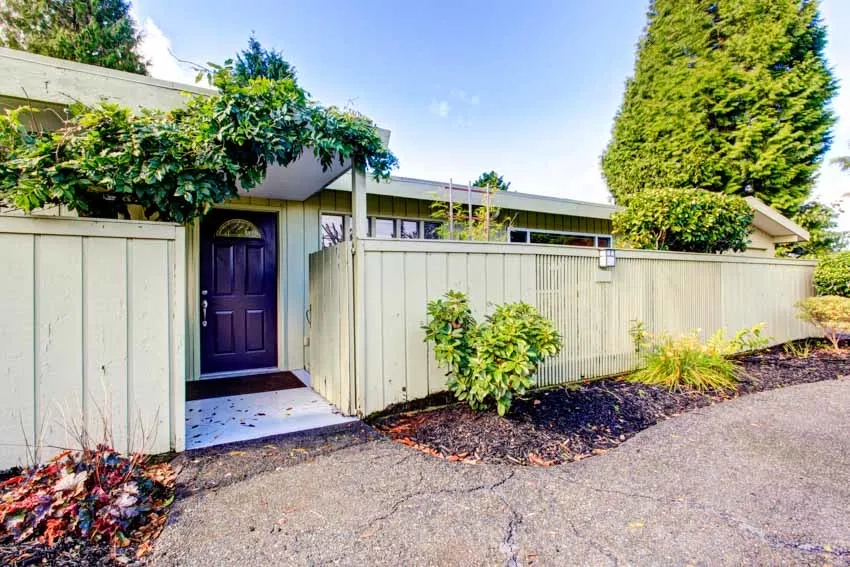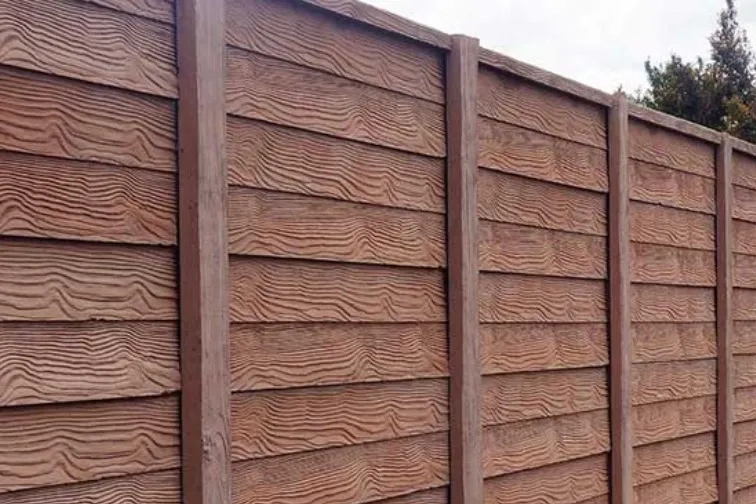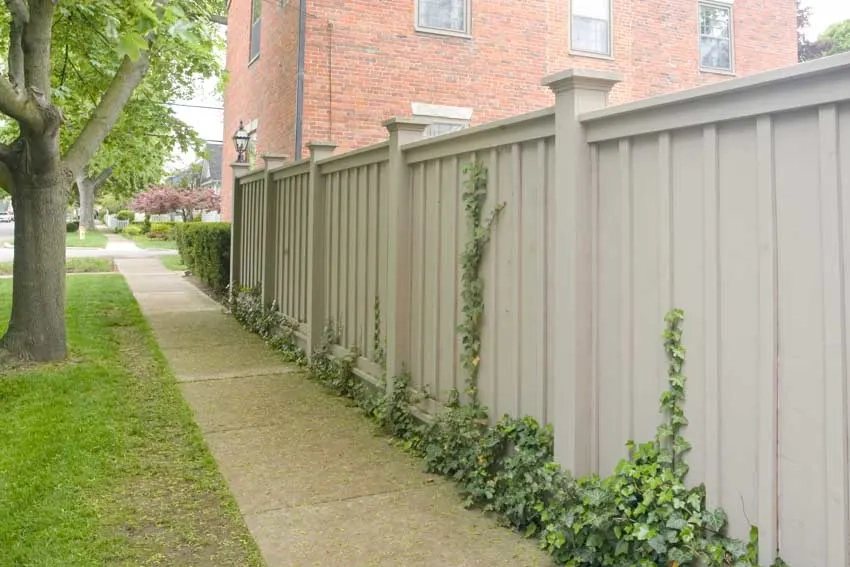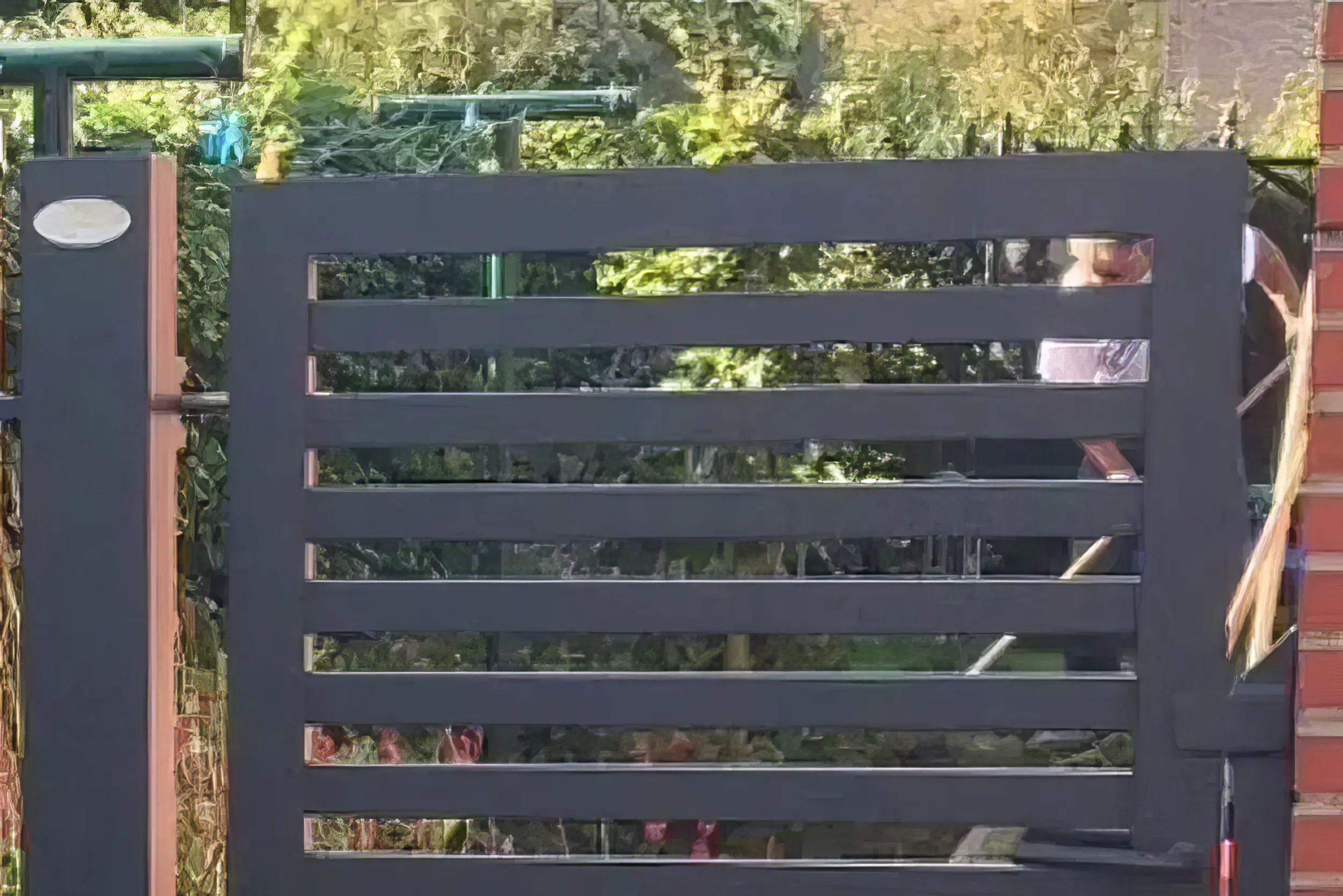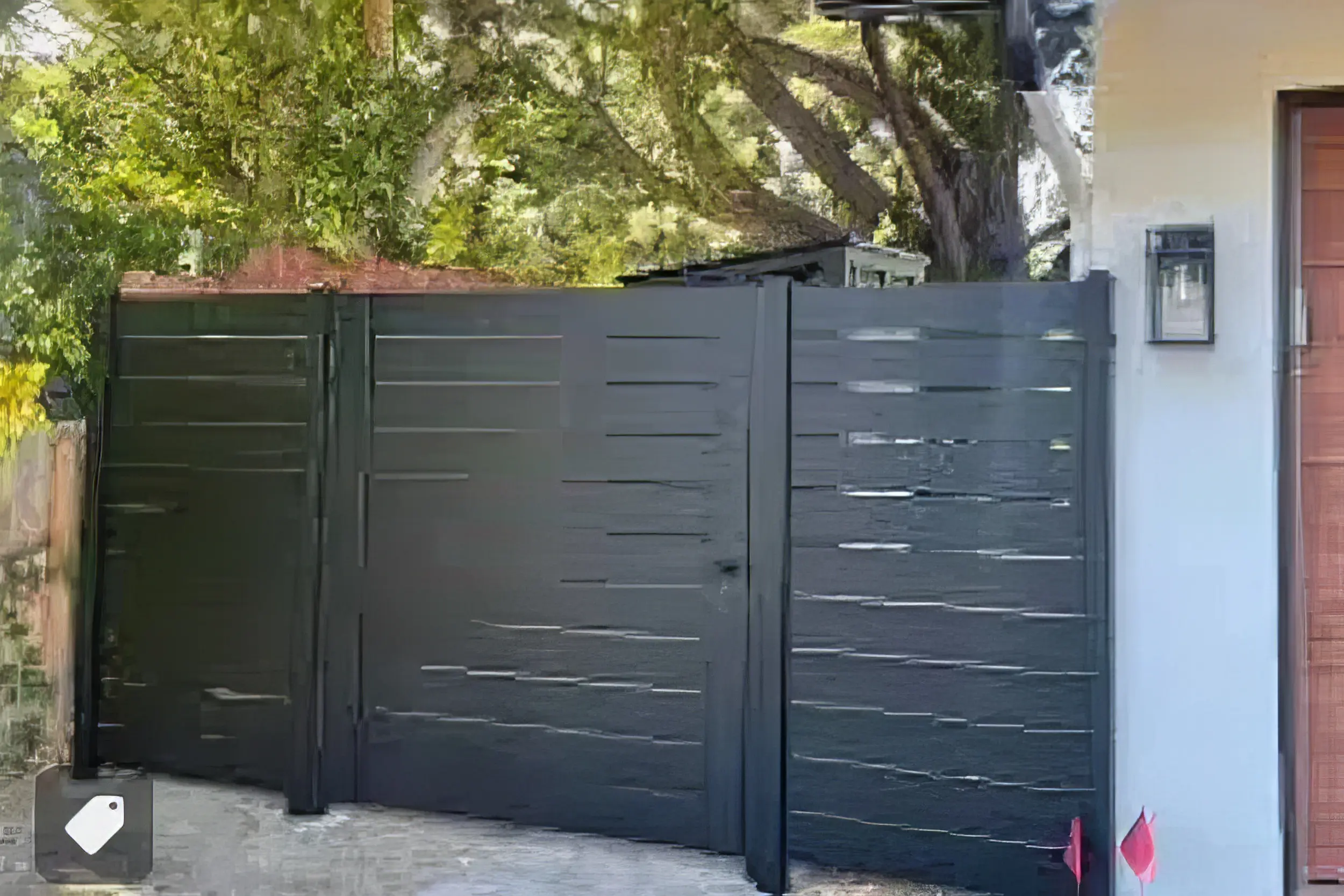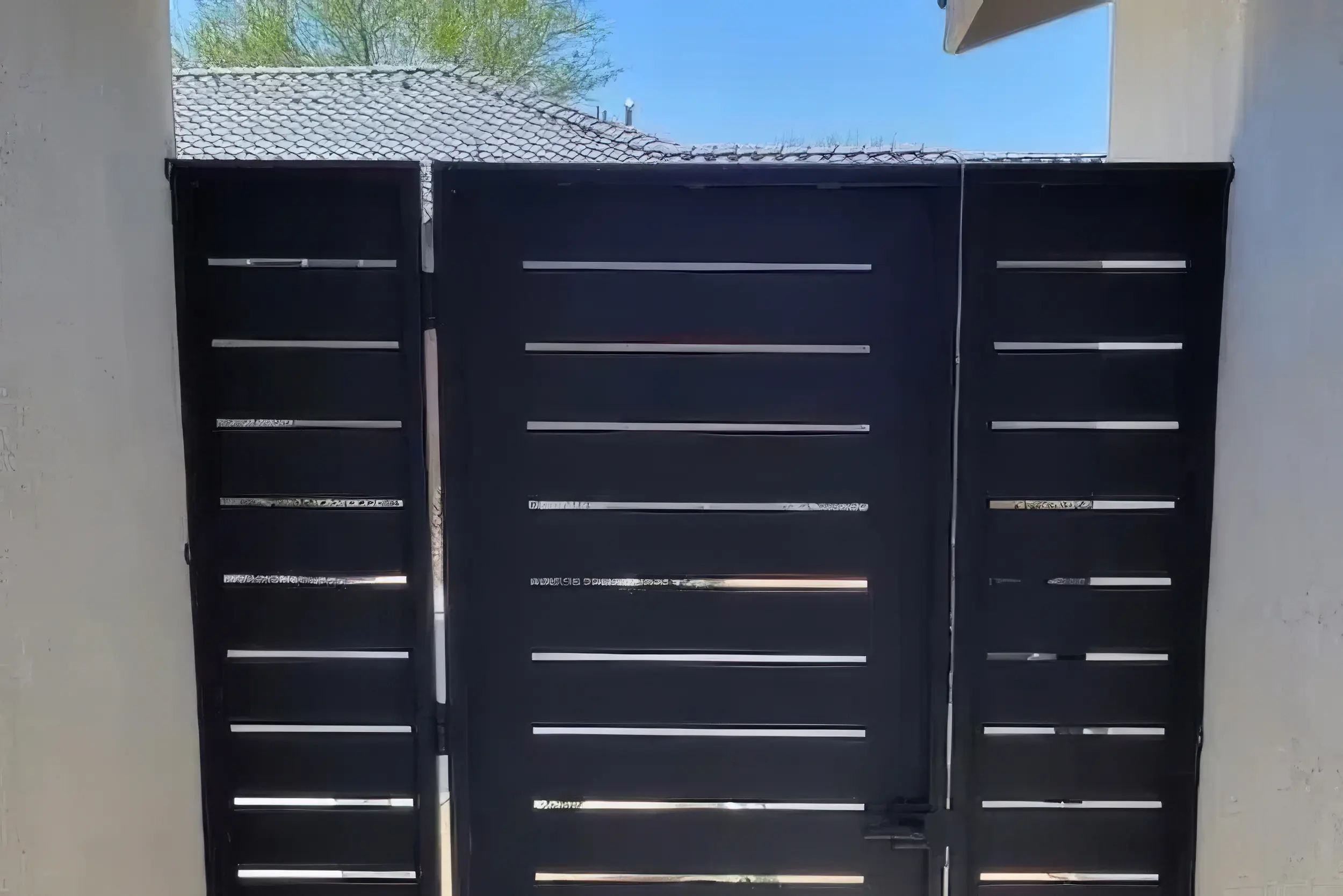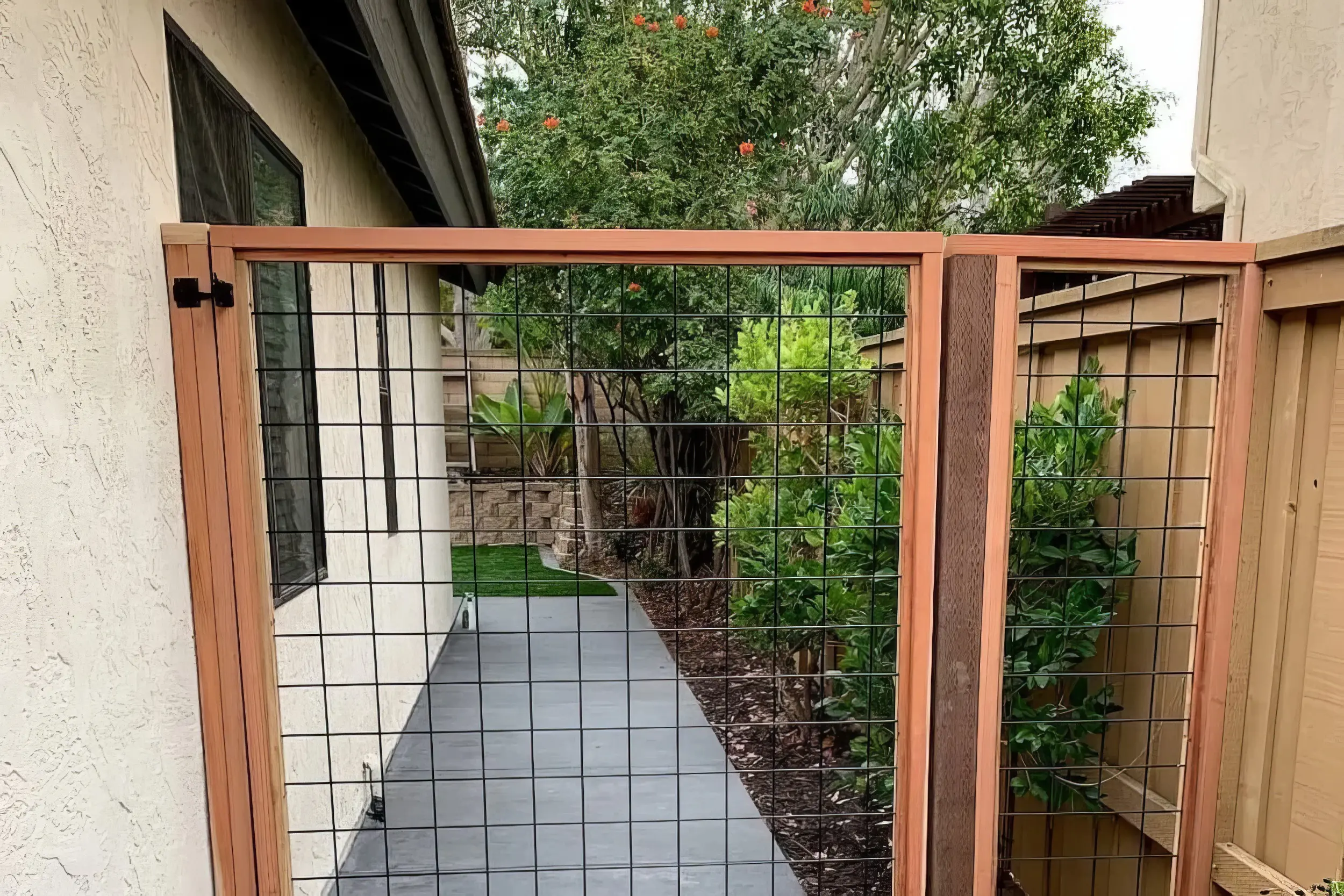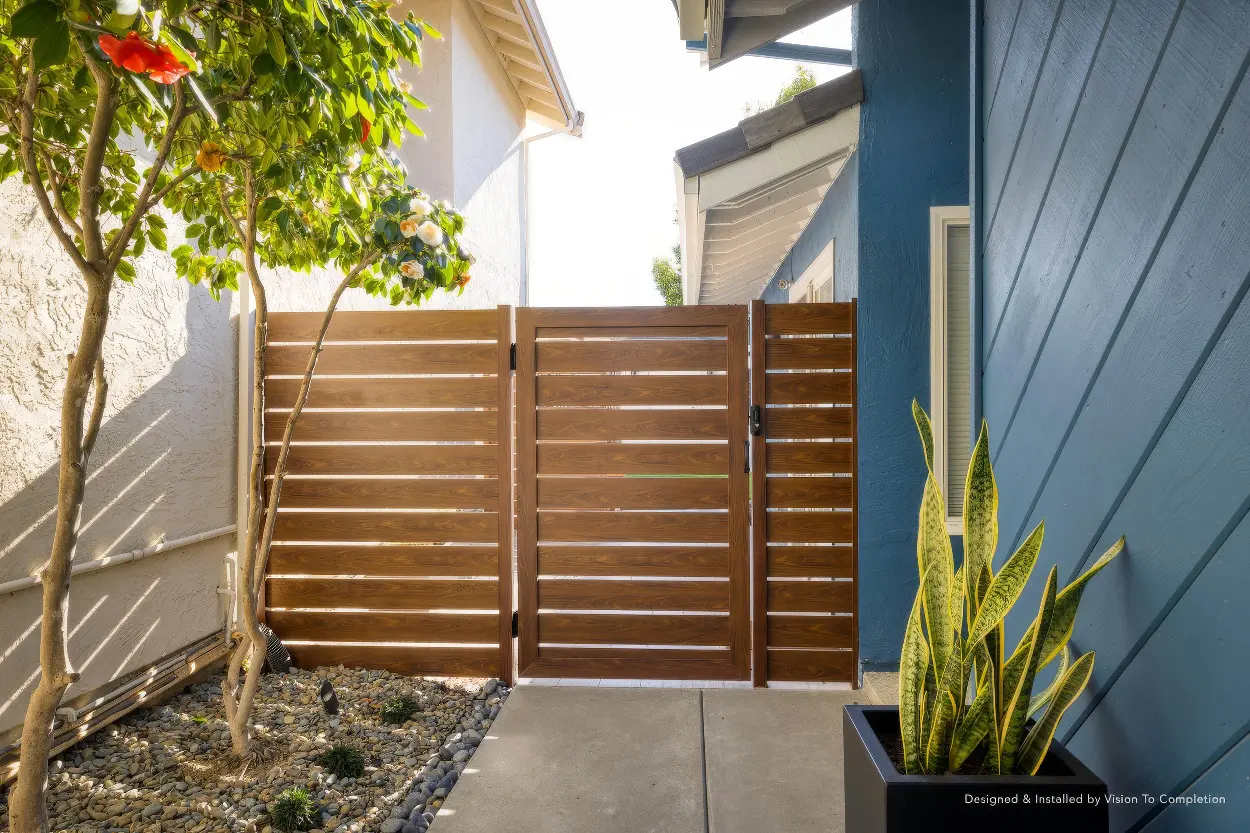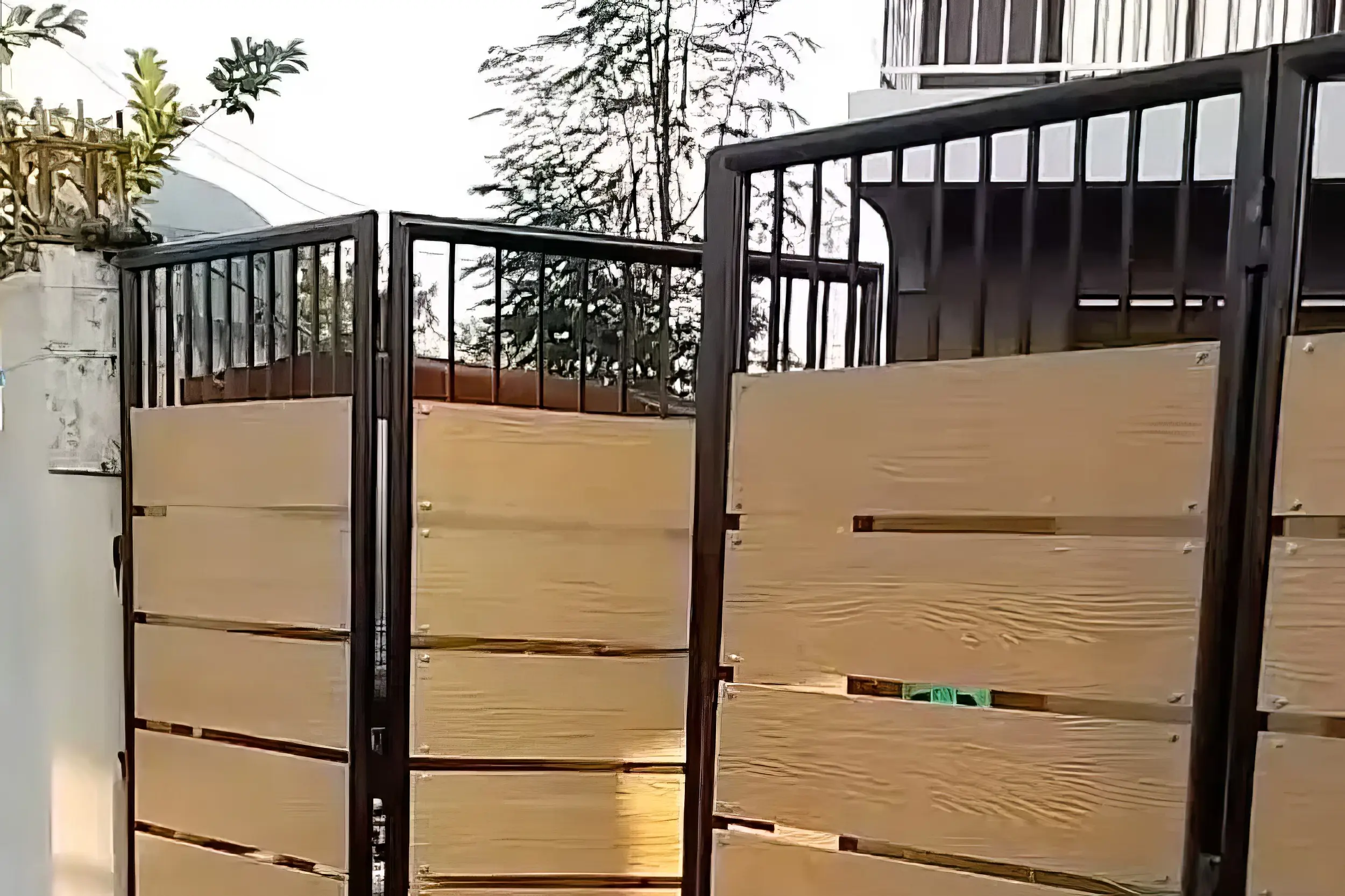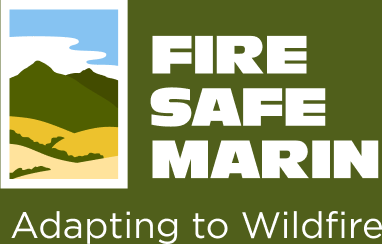IN THE EVENT OF AN EMERGENCY THIS SITE IS NOT MONITORED. FOR CURRENT INFORMATION GO TO HTTPS://EMERGENCY.MARINCOUNTY.GOV.
Fire-Resistant Fencing and Gates
Many wildfire educational programs, along with the Insurance Institute for Business & Home Safety (IBHS) recommend non-combustible fencing and gate products when placed within five feet of a building. This short IBHS video shows how easily combustible fences can be ignited by embers and in turn ignite homes if attached to the structure. A non-combustible gate between the fence and the home can provide significant ignition protection.
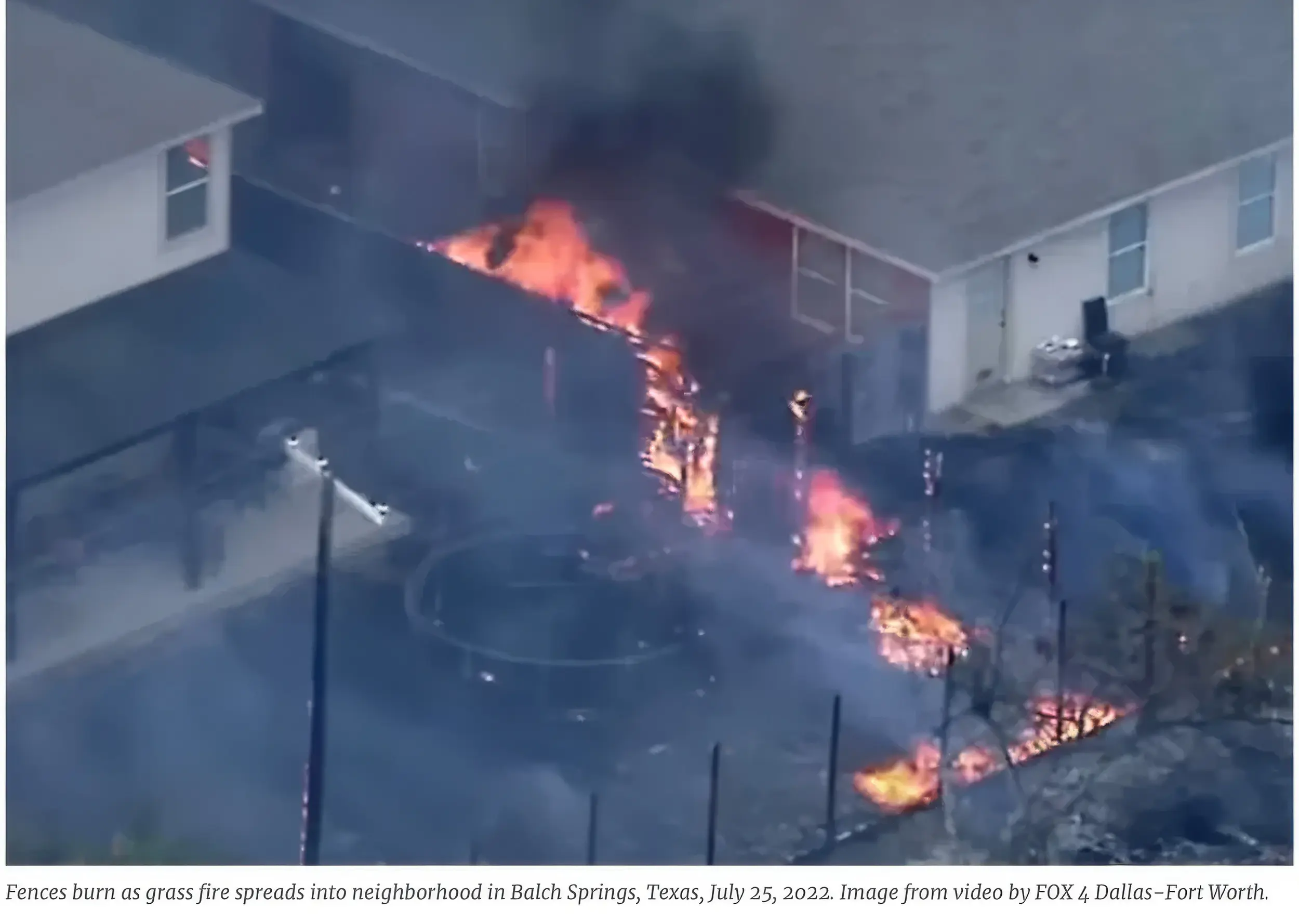
Non-Combustible Fencing and Gates Reduce Potential Home Ignitions
Using non-combustible fencing/gates where they attach to the building reduces the opportunity of a burning fence or gate igniting the exterior of the structure. Fencing products are often available in eight-foot pieces and use of that full section of non-combustible material is recommended. Observations made during the 2012 Waldo Canyon fire in Colorado Springs, CO provided evidence that burning fencing generates embers that can result in additional ignitions downwind.
Tips to Avoid Fence Ignitions
Recent research conducted by IBHS and the National Institute of Standards and Technology (NIST), both independently and in a collaborative project, provided additional information about the vulnerability of combustible fencing.
- Use a non-combustible fence section when it’s attached to a building.
- The area at the base of the fence should be kept clear of debris. Flame spread to the building will be more likely if fine vegetative fuels (e.g., pine needles, leaf litter, and small twigs) have accumulated. Avoid placement of combustible mulch near the fence.
- A fence design that allows for greater airflow, such as a single panel lattice fence, makes it more difficult for wind-blown embers to accumulate at plank, or lattice panel to horizontal support locations. If an ignition occurs, it’s also more difficult for lateral flame spread to occur in the fencing material. Fence ignitions from wind-blown embers are more likely to occur at locations where vertical fencing planks attach to horizontal support members.
- The most vulnerable fencing from this perspective is a “privacy” fence, where the fence planks are on the same side as the horizontal support members. A fence built from lattice that’s applied to both sides of the support posts may be desired for privacy or other landscaping purposes, but should be avoided in wildfire-prone areas. Recent research at NIST has demonstrated that fire growth and lateral flame spread are much greater in this design style.
- Vinyl fencing is not vulnerable to ember exposures alone, but did burn when subjected to flaming exposures from burning debris. Vinyl fencing will deform if subjected to radiant heat.
Steel Perimeter Fencing
When neighboring buildings are within 20 feet of each other, using steel fencing for the perimeter area can serve as a radiant barrier, providing added protection should a neighboring building ignite and burn. Research in Australia demonstrated the ability of panelized steel fencing to resist radiant heat exposure. There are many options and styles available including wood grain look and vibrant colors.
Non Combustible Gates
There are many noncombustible gate options to choose from. Several manufacturers have ready made steel and aluminum gates in a variety of styles and colors. Hardie board is a good option and if privacy is not a major concern, hogwire gates are a less expensive option. Many manufacturers that can fabricate a custom ornamental metal gate.
National Institute of Standards and Technology (NIST) published results of 187 experiments that examined how fire spread toward a structure is affected by combustible fences and mulch under conditions that may be encountered in a wildland-urban interface (WUI) fire. The research generated a number of recommendations:
- Avoid parallel fences, to reduce exposure to large flames. Parallel fences can result in highly hazardous fuel accumulation corridors that are difficult to access and maintain. Spacing of 3 feet between fences is not sufficient.
- Avoid proximity to other combustible fuels, to reduce fire intensity and limit fire spread. This includes fuels above the fence and fuels across parcel boundaries. Avoid mulch at base of fence.
- Avoid proximity of combustible fences to residence, including neighboring residence, to prevent direct ignition.
- Fire spread is more likely with wood and wood-plastic composite fences than with fences made of vinyl or noncombustible materials such as stone, brick, or steel.
- Keep fence and yard clear of debris, to reduce the amount of fuel and potential pathways for fire.
- Harden structures against firebrands to prevent structure ignition from embers produced by fences or other combustible sources.
